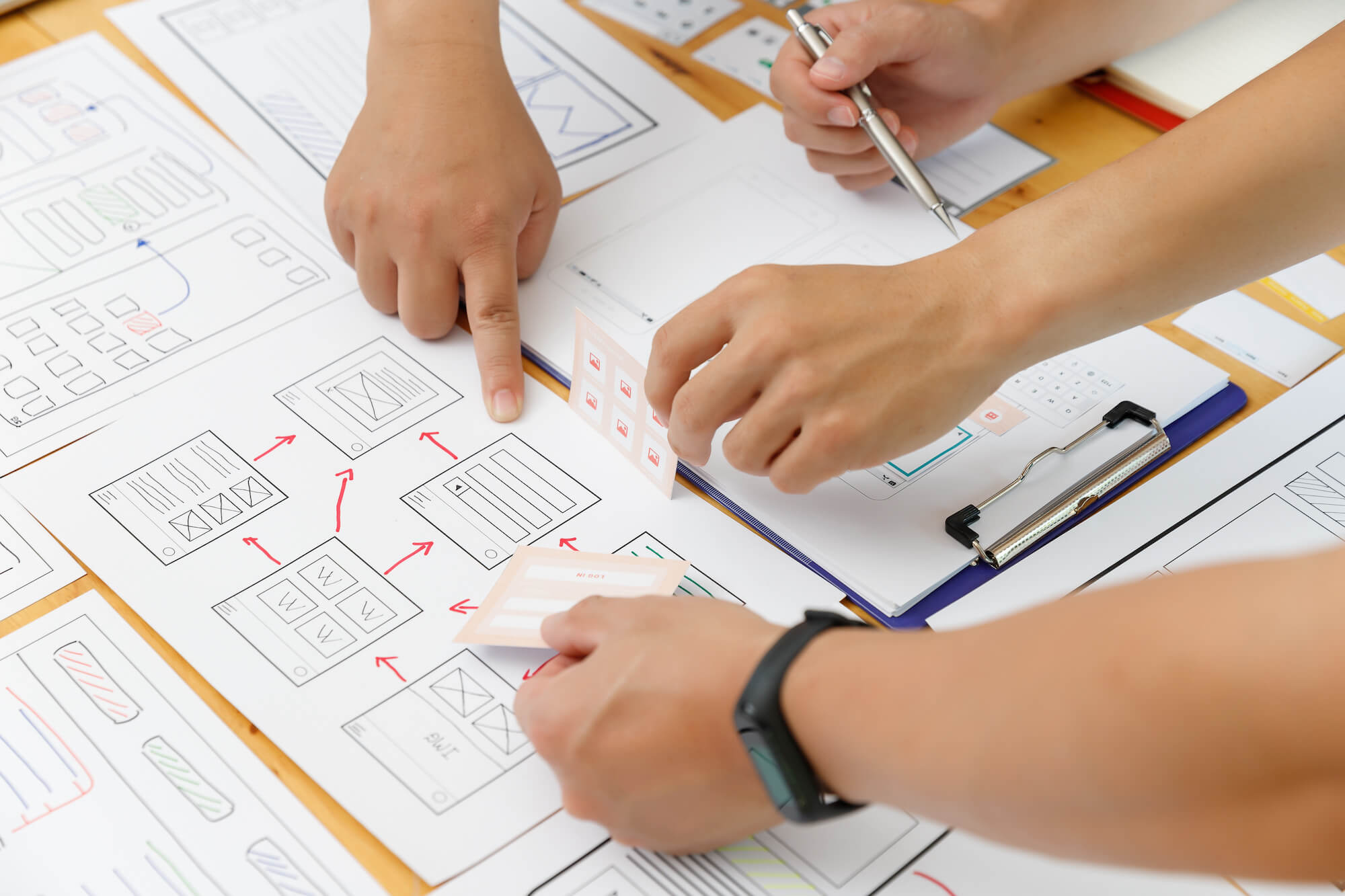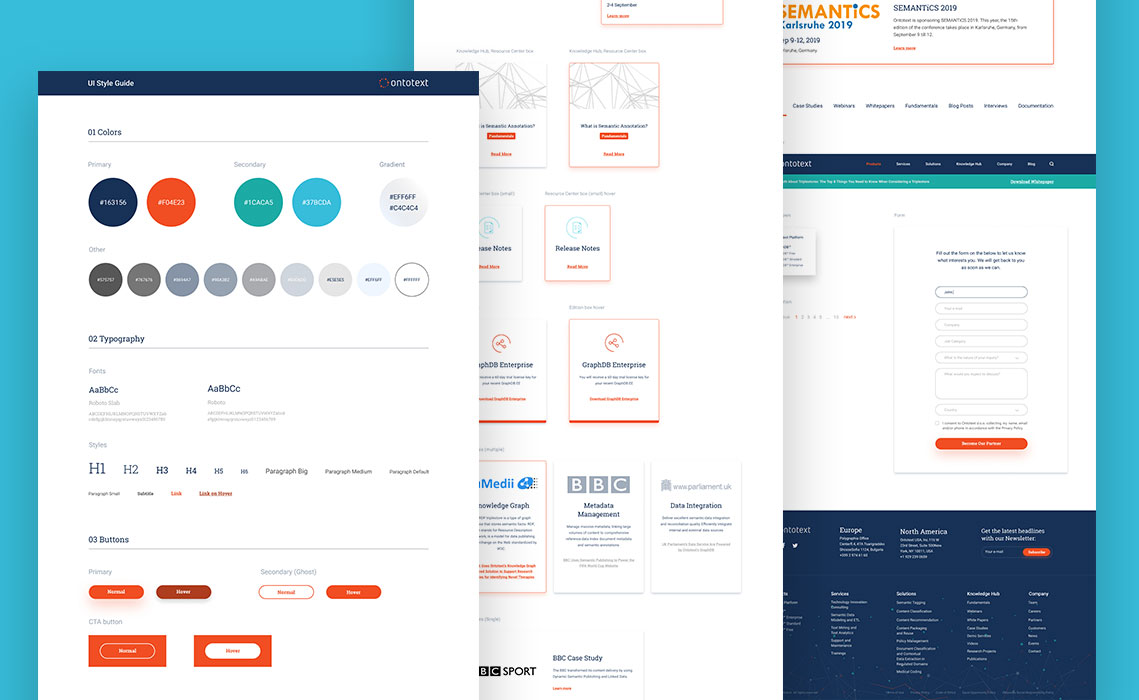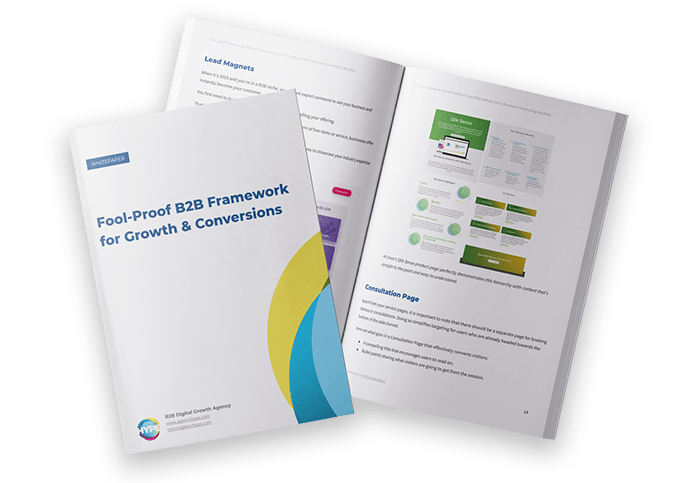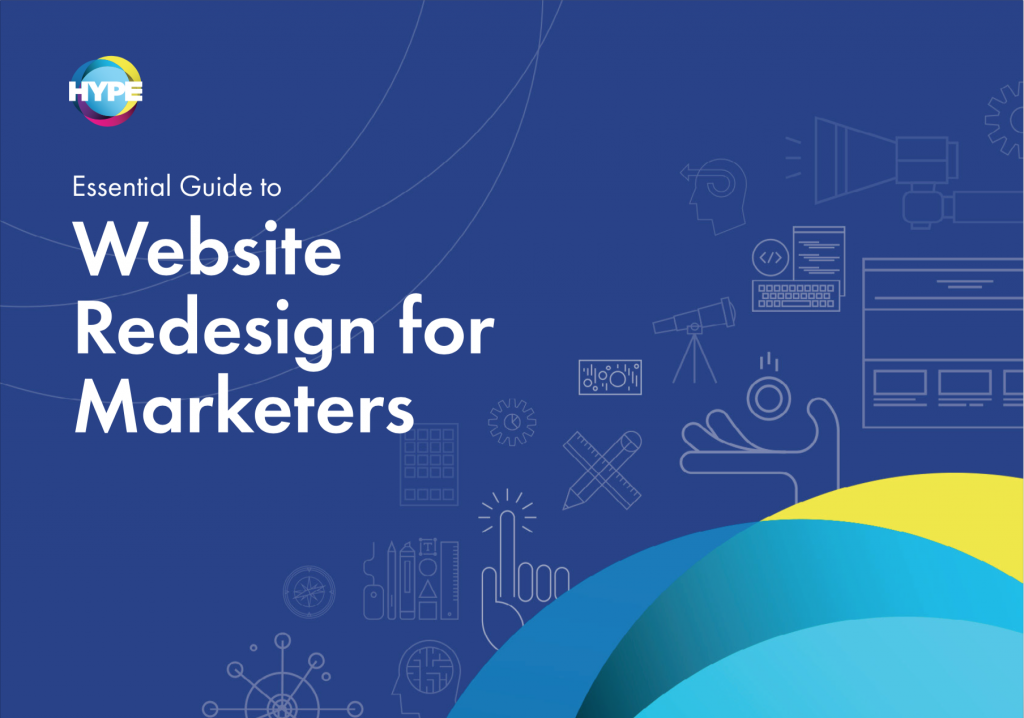According to a recent study by Hubspot the three main reasons companies undergo website redesign are:
- Previous website was old, just needed modernization (31%)
- Improve branding and positioning (29%)
- Optimize for lead generation and sales (28%)
Depending on the type of business and the goals, the complexity of the project may vary. However, it almost always involves multiple teams, skills and competences. This makes the process a juggling act for the marketers that are leading it.
In our new guide we explore the 5 key phases each website project should go through and what are the things you need to do at each phase to have a website which convert more leads and improve customer satisfaction. Here is a quick overview of the stages.
Research and Discovery
Every project you start should be based on solid research and knowledge gathering. In this chapter we explore this initial phase and how to gather information about your target users’ needs, your competitors, and other internal and external factors. Without this foundation your website redesign is likely to miss the mark.
Planning
After you have gathered the information outlined in the Research and Discovery phase, before you start the execution of the website redesign you need to plan some key things. We will explore how to plan the time for execution, the metrics to measure if the redesign was successful, and evaluation of the content management system you will use.
Design and Development
After the initial research and planning, the design and development phases of the project are where most of the time will be spent. We will look at some of the best practices we use for dividing design and development phases.
Testing
Testing is the final part of the redesign project. In this chapter we discuss some techniques that will allow you to test both the quality of the implementation and the usability of the final product.
The End Is The Beginning 
Your job as a marketer does not end after the new website is up and running. That’s why in this final chapter we talk about ways to validate your current design and make continuous improvements.






